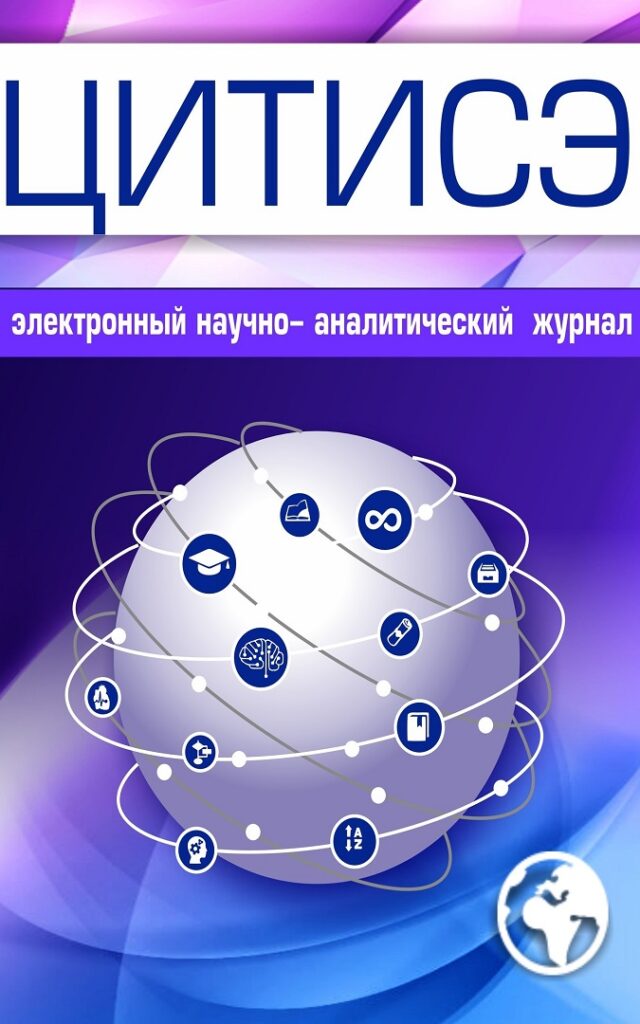Morozova Y.D., Laskovets S.V.
COMPARATIVE ANALUSIS OF THE INNOVATION DEVELOPMET PROGRAMS OF GERMANY AND SPAIN
Scientific article
UDC 339.9
Abstract. Based on the analysis, synthesis and comparison of statistical data and program documents, the article examines the features and characteristics of the programs for the development of the innovation economy of Germany and Spain as representatives of different groups of states from an innovative point of view. In the paper the similarities and differences of approaches to stimulating the innovative economy at different levels of its development and the possibility of developing a single effective model of improvement are determined. The revealed differences in the goals and objectives of the programs, the scale of coverage of aspects of the innovation economy and similarities in the duration and level of implementation of programs suggest that these states need to practice an individual approach to stimulating innovation, but taking into account a number of universal principles. At the same time, a comparison of the primary effectiveness of innovation development programs in both countries with the peculiarities of approaches made it possible to formulate recommendations for their optimization, which can be used in the formation of strategies for the development of an innovation economy.
Keywords. Innovation economy, innovation development programs, German economy, Spanish economy, approaches to the development of innovation economy.
References:
- Kuliyev A.A., Evseev V.O., Risk Assessment in Bilateral Relations The Russian Federation and the Republic of Turkey // SOCIAL PHENOMENA AND PROCESSES. 2023. No. 1(4). C.88-100
- Fadeeva V National innovation system of Germany. Production management, 2010.
- Frantsusov V. V., Gazeev A. V. Innovation policy of Germany at the modern stage. Russian Foreign Economic Bulletin, 2008, no. 11.
- Álvarez P. Why Spain’s research and development is going nowhere. El pais, 2015.
- Medical informatics initiative Germany. Available at: https://www.medizininformatik-initiative.de/en/about-initiative/goals
- .KI-Leuchttürme für Umwelt, Klima, Natur und Ressourcen. Zukunft Umwelt Gesellschaft. Available at: https://www.z-u-g.org/foerderung/ki-leuchttuerme-fuer-umwelt-klima-natur-und-ressourcen/foerderaufrufe-liste/
- La Estrategia española de ciencia y tecnología y de innovación 2013-2020. Ministerio de Ciencia e Innovación. Available at: https://www.ciencia.gob.es/InfoGeneralPortal/documento/49a4ab93-ce39-4034-bdaf-e3bf999cb51
- FUND. Federal Ministry for Digital and Transport. Available at: https://www.bmdv.bund.de/EN/Topics/Digital-Matters/mFund/mFund.html
- Microelectronics from Germany – Driver of innovation for the digital economy. The German Federal Government’s Framework Programme for Research and Innovation. Federal Ministry of Education and Research. Available at: https://www.elektronikforschung.de/dateien/publikationen /research-programme-microelectronics-from-germany.pdf
- Molero J. Los problemas de la innovación en España. InfoLibre, 2017.
- Naudé W. The Rise and Fall of German Innovation. IZA, 2021.
- Plan estatal de investigación científica y técnica y de innovación 2013-2016. Ministerio de Ciencia e Innovación Available at: https://www.ciencia.gob.es/InfoGeneralPortal/documento /81a33d6d-049e-45e0-ad41-7f4f67d4a7e9
- Programa de actuación anual 2016 // Ministerio de Ciencia e Innovación. Available at: https://www.ciencia.gob.es/InfoGeneralPortal/documento/16f7e9e1-e492-4f2e-8c5f-dabc50218f2a
- Programa de actuación anual 2020 // Ministerio de Ciencia e Innovación. Available at: https://www.ciencia.gob.es/InfoGeneralPortal/documento/b8eb7117-006a-4bac-9f3a-263ddb789b2d.
- Technik zum Menschen bringen. Bundesministerium für Bildung und Forschung (2016). Available at: https://www.interaktive-technologien.de/service/publikationen/technik-zum-menschen-bringen.


